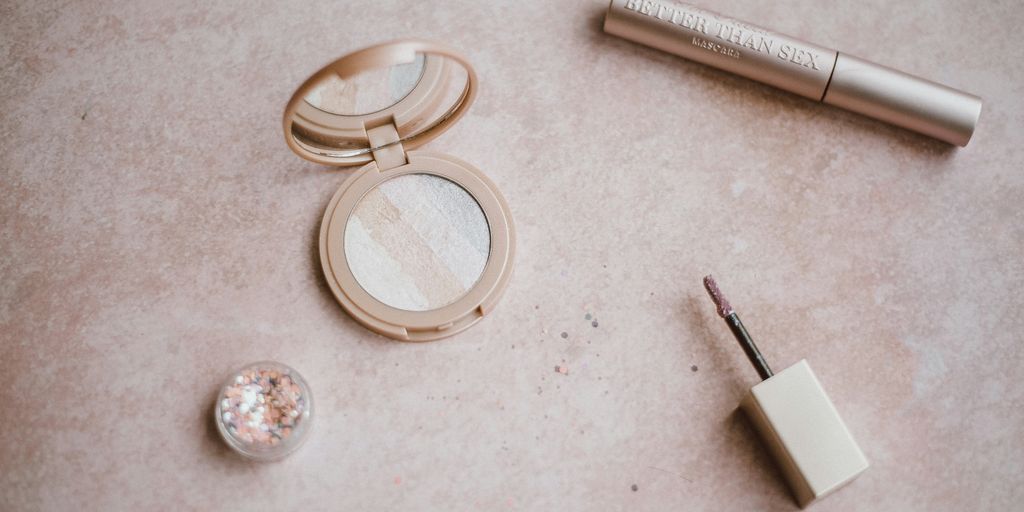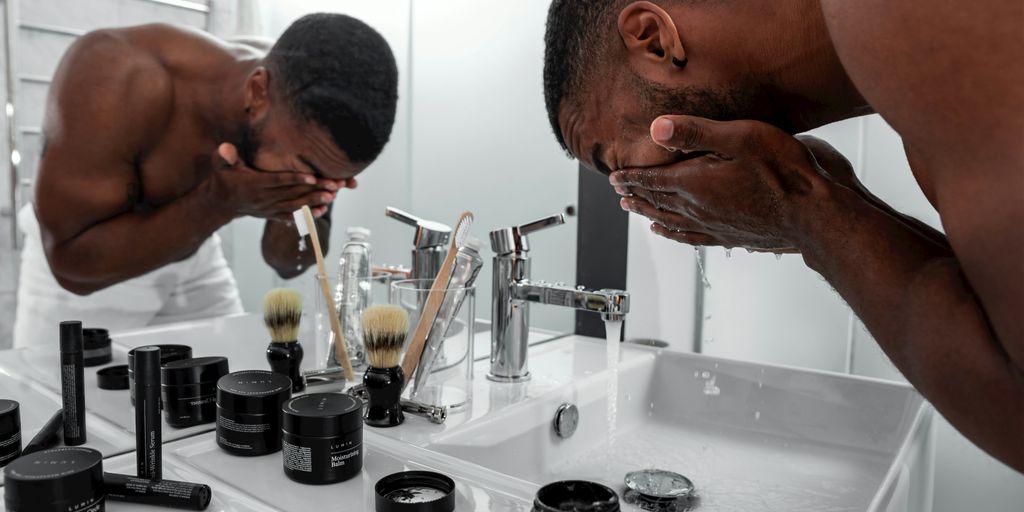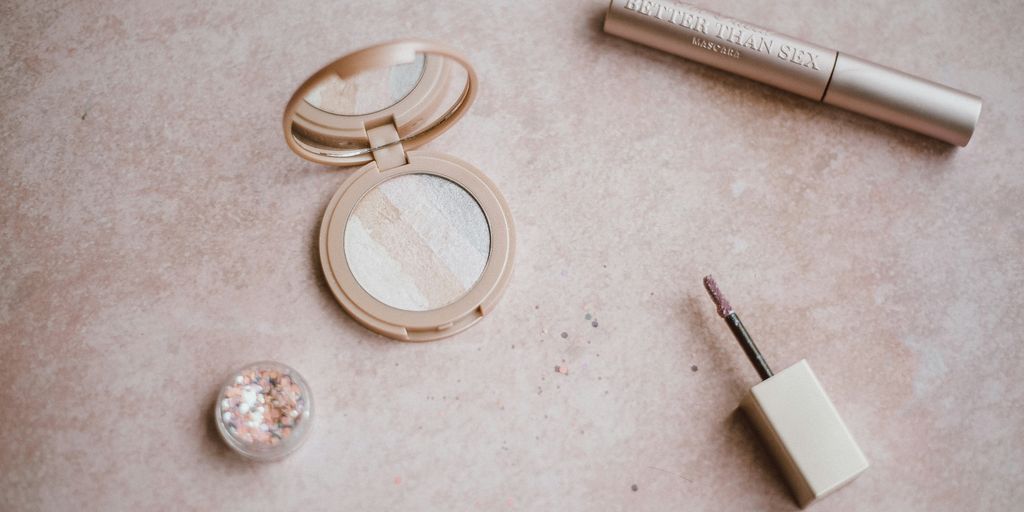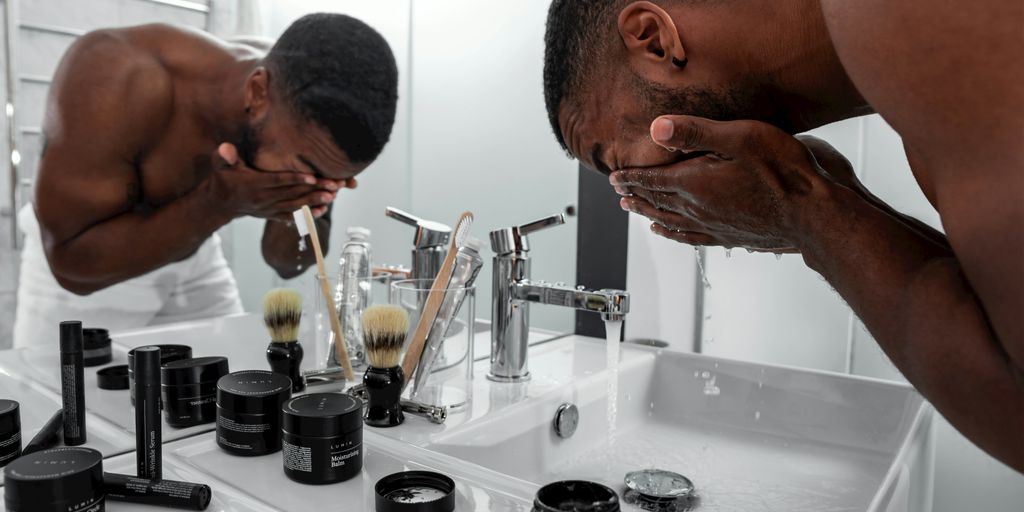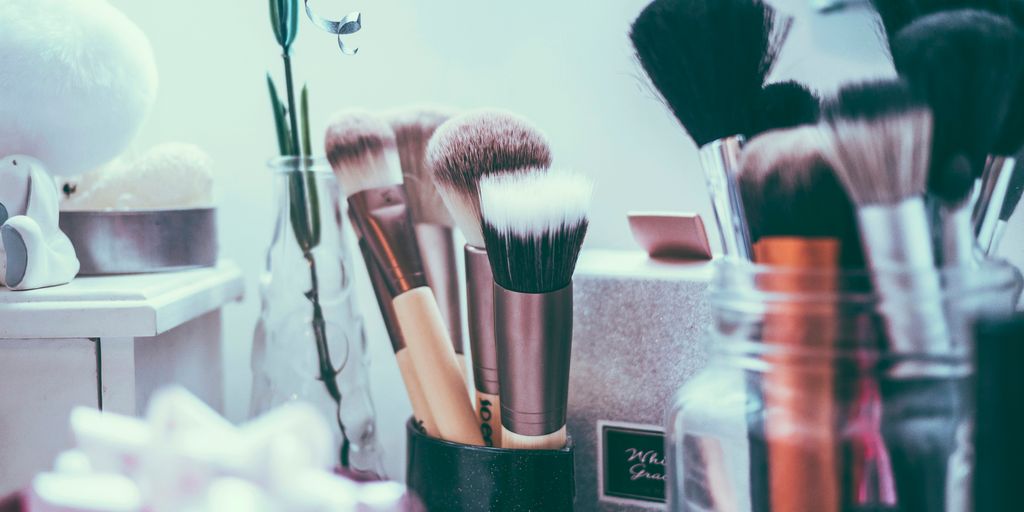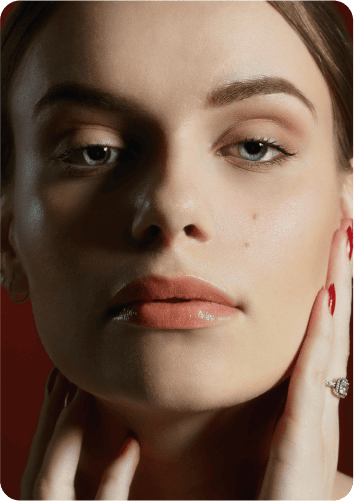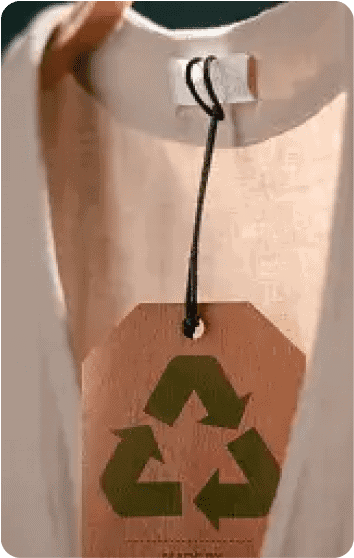If you’re curious about ColourPop’s animal testing policies, you’re not alone. Many beauty lovers are increasingly concerned about the ethics behind their favorite brands. In this article, we’ll explore whether ColourPop is cruelty-free, what that means, and how it fits into the larger conversation about animal testing in the beauty industry.
Key Takeaways
- ColourPop claims to be a cruelty-free brand, but it’s important to look into their specific policies.
- Understanding the difference between cruelty-free and vegan can help you make informed choices.
- Consumer demand for cruelty-free products has significantly risen, influencing brands like ColourPop.
- Certifications from organizations like PETA can help identify truly cruelty-free brands.
- The future of beauty is leaning towards more ethical practices and alternatives to animal testing.
Understanding ColourPop’s Animal Testing Policies
Overview of ColourPop’s Stance
ColourPop has made a name for itself with its affordable and trendy makeup. But what about their animal testing policies? It’s a question many ethically-minded consumers are asking. ColourPop claims to be cruelty-free, but it’s important to look at the details to really understand what that means. They state they don’t test their finished products or ingredients on animals, and they require their suppliers to follow the same standards. However, the beauty industry can be tricky, and transparency is key.
Official Statements on Animal Testing
ColourPop’s official statements are pretty clear: they say they don’t conduct or commission animal testing. You can usually find this information on their website, often in the FAQ section or under their "About Us." But, like with any company, it’s good to dig a little deeper. Here’s what we know:
- They state they don’t test on animals.
- They require suppliers to adhere to the same standards.
- They don’t allow their products to be sold in countries where animal testing is required by law (more on that later).
Third-Party Testing Practices
This is where things can get a little complicated. Even if ColourPop doesn’t directly test on animals, what about their suppliers? Do they use third-party labs that conduct animal tests? ColourPop says they require their suppliers to certify that they don’t test ingredients on animals either. It’s all about making sure the entire supply chain is cruelty-free. It’s worth noting that some certifications, like Leaping Bunny or PETA, involve independent audits to verify these claims, which adds another layer of assurance.
The Difference Between Cruelty-Free and Vegan
Defining Cruelty-Free
Okay, so what does "cruelty-free" really mean? Basically, it means the product wasn’t tested on animals. However, and this is a big however, it doesn’t automatically mean the product is vegan. A product can be cruelty-free but still contain animal-derived ingredients like beeswax, honey, or lanolin. It’s a common misconception, and it’s important to read the ingredient list carefully. A brand might claim not to test on animals themselves, but they might use a third party that does. It can get confusing fast.
What Does Vegan Mean?
Vegan, on the other hand, means the product doesn’t contain any animal ingredients or animal by-products. This includes things like beeswax, carmine (a red dye from beetles), lanolin (from sheep’s wool), and collagen. Vegan products should also ideally be cruelty-free, but it’s not always guaranteed. Some companies might create vegan products but still test them on animals, which is why it’s so important to do your research and look for certifications.
Common Misconceptions
There are a lot of misunderstandings floating around about cruelty-free and vegan beauty. One big one is that all cruelty-free products are vegan, which, as we’ve covered, isn’t true. Another is that vegan products are automatically better for your skin. While many people with sensitive skin find vegan products gentler, it really depends on the specific ingredients. Also, some people think that if a product is made in a country with strict animal testing laws, it’s automatically cruelty-free. But ingredients can still be tested elsewhere. It’s a bit of a minefield, honestly.
It’s easy to get these terms mixed up, but understanding the difference is key to making informed choices. Look beyond the labels and dig into the ingredients and company policies to ensure your purchases align with your values.
Consumer Demand for Cruelty-Free Products
The Rise of Ethical Beauty
More and more people care about where their products come from and how they’re made. This is especially true in the beauty world. People want to know that their makeup and skincare aren’t causing harm to animals. This growing awareness has fueled a huge increase in the demand for ethical beauty products. It’s not just a trend; it’s a real shift in how people think about what they buy.
Impact of Social Media
Social media has played a big role in spreading the word about cruelty-free beauty. Influencers and activists use platforms like Instagram, TikTok, and X to share information about animal testing and promote brands that don’t test on animals. This makes it easier for consumers to find and support cruelty-free options. Plus, seeing others make ethical choices encourages more people to do the same.
Shifting Consumer Preferences
Consumers are actively choosing cruelty-free products over those that aren’t. They’re reading labels, researching brands, and asking questions about animal testing policies.
People are willing to spend a little more to support brands that align with their values. They see it as an investment in a better world, where animals aren’t harmed for the sake of beauty.
Here’s what’s driving this shift:
- Increased awareness of animal testing practices
- Availability of more cruelty-free options
- Desire to support ethical companies
How to Identify Cruelty-Free Brands
It can feel overwhelming trying to figure out which brands are actually cruelty-free. Marketing can be tricky, and it’s not always clear what a company’s policies really are. But don’t worry, there are some things you can do to make sure you’re supporting brands that align with your values.
Reading Labels and Certifications
One of the easiest ways to start is by looking for labels and certifications. Many cruelty-free brands will proudly display logos from organizations like PETA or Leaping Bunny on their packaging. These certifications mean that the brand has been independently audited and verified to meet certain cruelty-free standards. However, it’s also good to remember that not all brands that are cruelty-free choose to get certified, sometimes because of the cost involved. So, don’t automatically dismiss a brand just because it doesn’t have a logo.
Understanding Brand Transparency
Brand transparency is key. Look for brands that are open and honest about their animal testing policies. Check their websites for detailed information. If a company is truly committed to being cruelty-free, they’ll usually be upfront about it. If you have to dig around or can’t find any information, that might be a red flag. Don’t hesitate to reach out to the company directly and ask questions about their policies. A genuine brand will be happy to answer.
Resources for Cruelty-Free Shopping
There are some great resources available to help you shop cruelty-free. Websites and apps like Cruelty-Free Kitty and Ethical Elephant maintain updated lists of brands that do and don’t test on animals. These resources often do the research for you, contacting brands directly to verify their policies. Also, don’t forget to check out blogs and social media accounts dedicated to cruelty-free beauty. They often share product recommendations and tips for navigating the world of ethical beauty.
It’s important to remember that the fight against animal testing is ongoing. By supporting cruelty-free brands, we’re sending a message to the beauty industry that ethics matter. Every purchase you make is a vote for a more compassionate future.
Here are some things to keep in mind:
- Check for certifications, but don’t rely on them exclusively.
- Look for brands that are transparent about their policies.
- Use online resources to find cruelty-free options.
The Role of Certifications in Cruelty-Free Claims

PETA and Leaping Bunny Certifications
When you’re trying to figure out if a brand is actually cruelty-free, certifications can be a big help. Two of the most well-known are PETA’s Beauty Without Bunnies program and the Leaping Bunny Program. These organizations have different standards and processes for certifying companies, but they both aim to give consumers confidence in their purchases. It’s like having a seal of approval that says, "Hey, we’ve checked this out, and they’re not testing on animals."
What These Certifications Mean
So, what do these certifications really mean? Well, it depends on the certification. Generally, they mean that the company has agreed to not conduct, commission, or pay for any animal testing of their products or ingredients. They also usually require suppliers to meet the same standards. The certifications offer a level of assurance that goes beyond a company simply claiming to be cruelty-free.
Here’s a quick comparison:
| Certification | Key Requirements */
Limitations of Certifications
While certifications are helpful, it’s important to know their limits. For example, some certifications might only cover certain aspects of a company’s operations or may not have super strict enforcement mechanisms. Also, a company might be cruelty-free now, but that could change if they get bought out by a company that isn’t. It’s a good idea to stay informed and do your own research, even if a product has a certification. It’s all about making the best choices you can with the information you have.
The Future of Cruelty-Free Beauty
The beauty industry is changing fast, and it’s exciting to see where cruelty-free is headed. More people care about ethical products, and technology is creating new possibilities. It’s not just a trend; it’s becoming the standard.
Trends in the Beauty Industry
Right now, there’s a big push for products that do more than just look good. People want makeup with skincare benefits, like BB creams with SPF or foundations with vitamins. Consumers are also looking for sustainable options, with many brands adopting recycling programs and using biodegradable materials. The demand for transparency is high; people want to know where ingredients come from and how products are made. Also, brands are working to be more inclusive, offering a wider range of shades and representing diverse faces in their marketing.
Innovations in Animal Testing Alternatives
Technology is playing a huge role in finding new ways to test products without animals. Scientists are developing advanced cell cultures and computer models that can predict how a product will react. These methods are becoming more accurate and reliable, which means less reliance on animal testing. Plus, some companies are using 3D-printed human skin to test products, which is a pretty cool alternative.
The Role of Legislation
Laws about animal testing are changing around the world. More countries are banning or restricting animal testing for cosmetics, which is a big step forward. These laws not only protect animals but also encourage companies to invest in alternative testing methods. It’s a slow process, but the trend is definitely moving towards a cruelty-free future.
The shift towards cruelty-free beauty isn’t just a fad; it’s a fundamental change in how we think about cosmetics. Consumers are more informed and empowered than ever before, and they’re using their purchasing power to support brands that align with their values.
What Consumers Can Do to Support Cruelty-Free Brands
It’s easier than ever to make choices that align with your values. The beauty industry is changing, and consumers have real power to drive that change. By making informed decisions and supporting brands that prioritize ethics, we can collectively push for a more compassionate and sustainable future.
Advocating for Change
One of the most effective ways to support cruelty-free brands is to actively advocate for change. This can involve contacting companies directly to inquire about their animal testing policies or supporting legislation that promotes alternatives to animal testing. You can also sign petitions, participate in campaigns, and use your voice to raise awareness about the issue. Remember, companies respond to consumer pressure, so your voice matters.
Supporting Ethical Brands
- Actively seek out and purchase products from brands with verifiable cruelty-free certifications, like Leaping Bunny or PETA.
- Look beyond the label and research a brand’s parent company. Sometimes, a brand might be cruelty-free, but its parent company isn’t.
- Consider brands that also prioritize vegan formulations, as this often indicates a stronger commitment to animal welfare.
Educating Others on Cruelty-Free Practices
Spreading the word is crucial. Many people are unaware of the realities of animal testing in the beauty industry.
- Share articles and resources on social media to inform your friends and followers.
- Talk to your family and friends about why you choose cruelty-free products.
- Encourage others to make informed choices and support brands that align with their values.
By educating those around you, you can create a ripple effect, inspiring more people to embrace cruelty-free beauty and contribute to a more ethical industry.
If you want to help brands that treat animals kindly, there are simple steps you can take. Start by choosing products that are labeled as cruelty-free. This means they were not tested on animals. You can also share your favorite cruelty-free brands on social media to spread the word. Every time you buy from these brands, you are making a difference. For more tips on how to support cruelty-free shopping, visit our website!
Final Thoughts on ColourPop’s Animal Testing Policies
So, after digging into ColourPop’s animal testing policies, it seems like they really do care about being cruelty-free. They’ve made it clear that they don’t test on animals, and they’re committed to using vegan ingredients. But, as with any brand, it’s always good to stay informed. Policies can change, and sometimes things aren’t as straightforward as they seem. If you’re passionate about cruelty-free beauty, it’s worth keeping an eye on how brands operate. At the end of the day, supporting companies that align with your values can make a difference. So, if you love ColourPop and their products, you can feel good about using them, but just remember to check back for updates.
Frequently Asked Questions
Is ColourPop cruelty-free?
Yes, ColourPop claims to be cruelty-free, meaning they do not test their products on animals.
What does cruelty-free mean?
Cruelty-free means that a brand does not test its products on animals at any stage of development.
Are ColourPop products vegan?
Not all ColourPop products are vegan, but they do offer a range of vegan options that do not contain animal-derived ingredients.
How can I tell if a product is cruelty-free?
Look for labels or certifications like PETA or Leaping Bunny on the packaging to confirm a product is cruelty-free.
Why is it important to choose cruelty-free products?
Choosing cruelty-free products helps reduce animal suffering and supports companies that prioritize ethical practices.
What can I do to support cruelty-free brands?
You can support cruelty-free brands by purchasing their products, spreading awareness, and advocating for animal rights.
